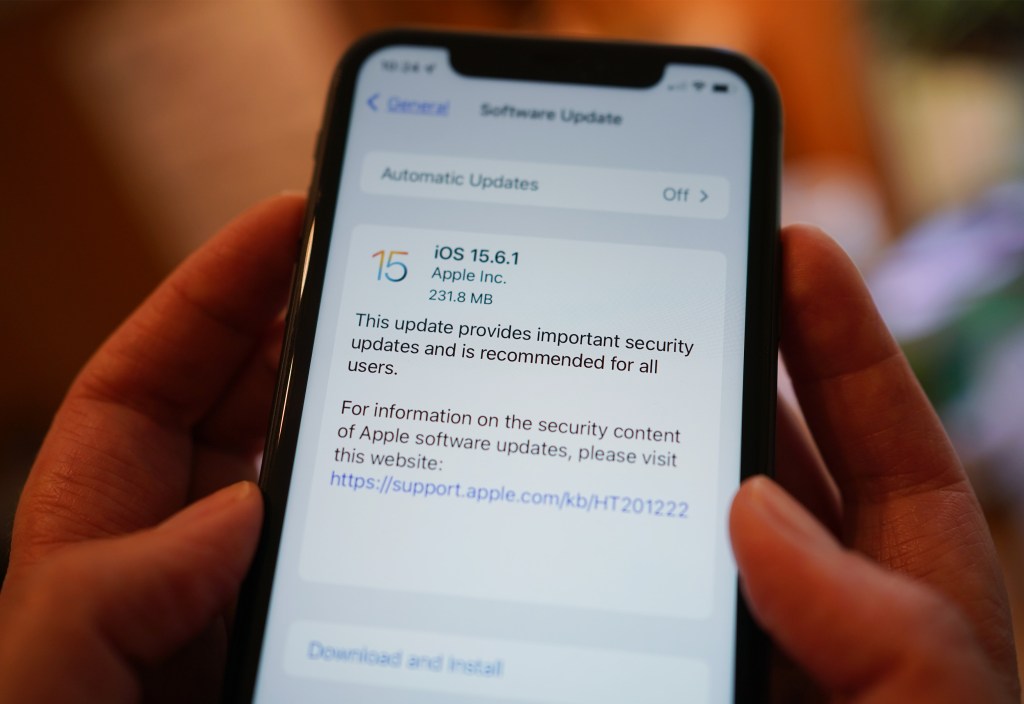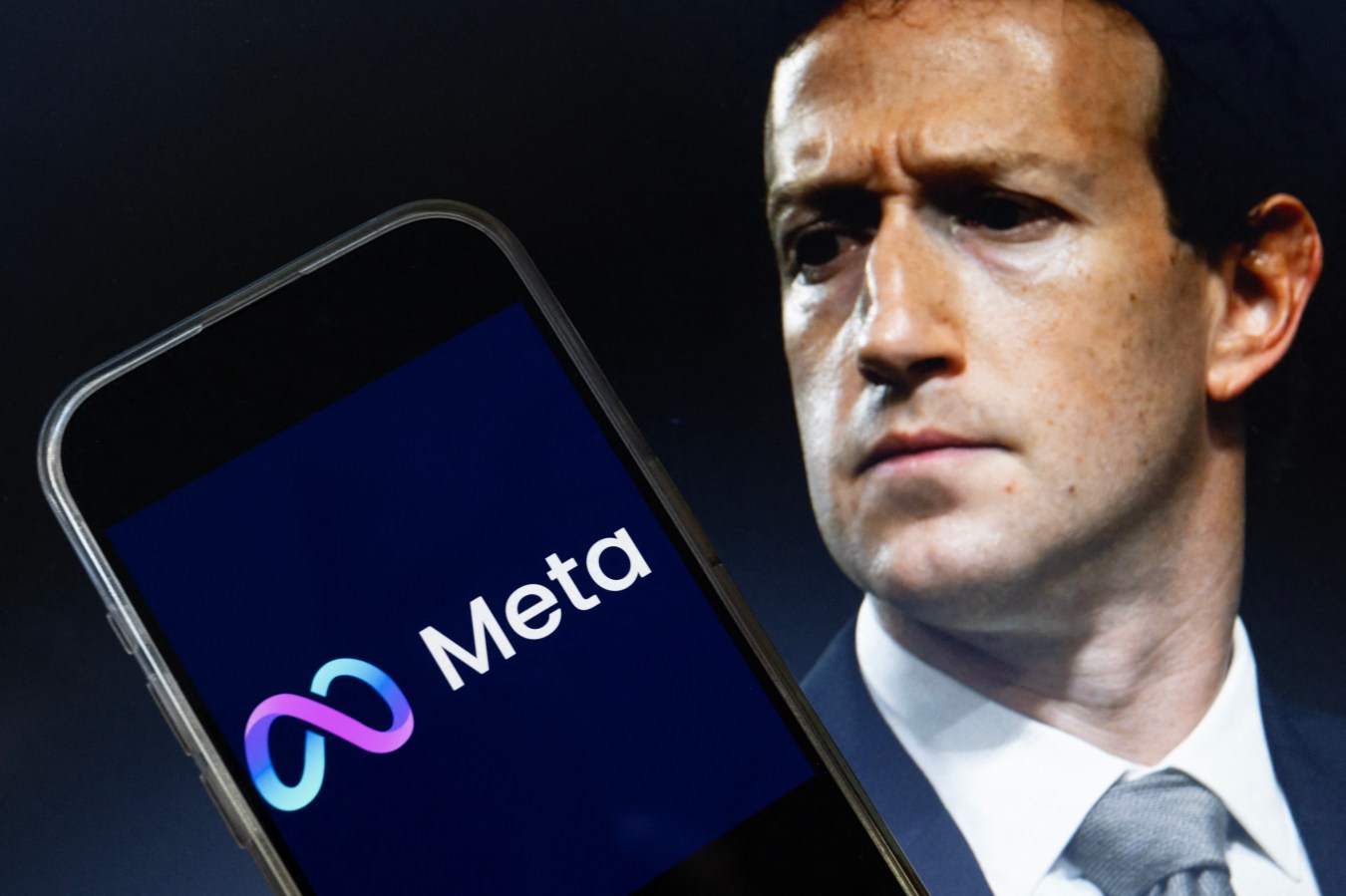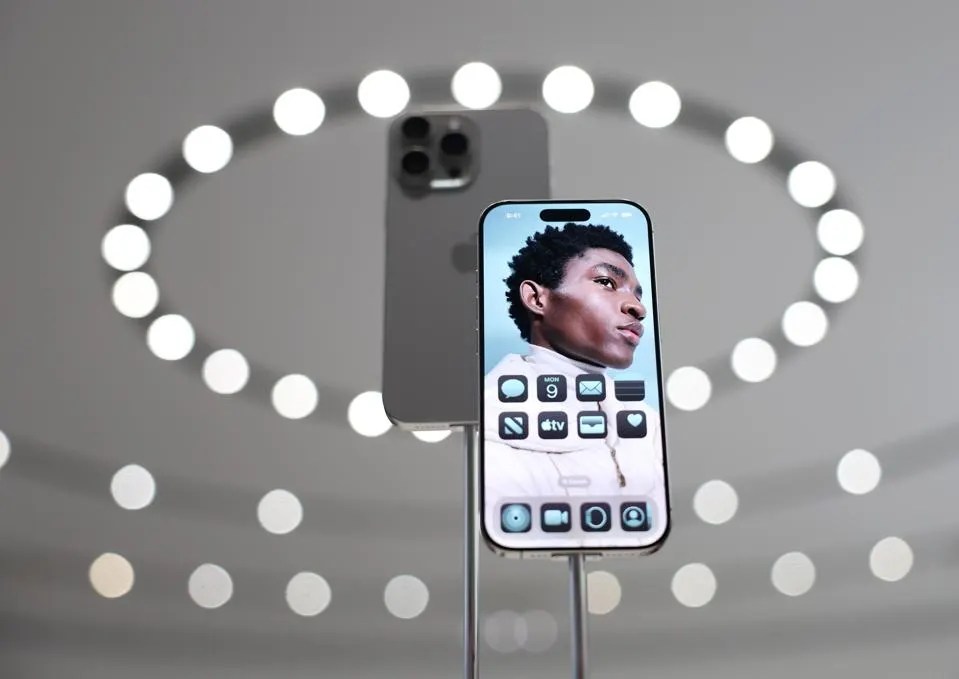The iOS 16.4.1 (a) update arrived this week, and it’s an iPhone upgrade with a difference. Rather than offering the usual package of new features, iOS 16.4.1 (a) is a first-of-its-kind Rapid Security Response update available to all iOS 16 users.

So what is the Rapid Security Response in iOS 16.4.1 (a), who can get it, how do you get it and most importantly, should you apply it on your iPhone straight away?
Here’s everything you need to know.
What is Rapid Security Response?
Rapid Security Response was first announced last Fall with iOS 16, but Apple didn’t say exactly when it’d be available. There were a few false starts as Apple tested Rapid Security Responses in various iOS 16 betas. I had been waiting keenly to see one reach all iPhones. The iOS 16.4.1 (a) update is the first example of that happening in a real-life scenario.
Rapid Security Responses are out-of-band security-only updates for iPhones. At a time when iPhone users are being increasingly targeted with dangerous attacks such as spyware, Apple recognizes that speed is of the essence.
In the past, the iPhone maker would issue an emergency update such as iOS 16.4.1 to fix named security flaws. But Rapid Security Response allows the process to happen more quickly.
Rather than waiting until a bug fix update or wider feature set release via point updates, Apple wants to be able to fix iPhone security holes pretty much in real-time.

Which iPhones can get Rapid Security Response and how do I enable it?
Rapid Security Responses will only be delivered for the latest version of iOS, iPadOS and macOS—starting with iOS 16.4.1, iPadOS 16.4.1 and macOS 13.3.1.
If you use an iPhone, it needs to be able to run iOS 16.4.1, so the iPhone 8 and later, iPad Pro (all models), iPad Air 3rd generation and later, iPad 5th generation and later, and iPad mini 5th generation and later.
Rapid Security Response should be on by default, but you can check the toggle in Settings > General > Software Updates > Automatic Updates > Security Responses & System Files.
Although the process is technically automatic, Apple updates do take time to roll out across global geographies. Therefore, to be as safe as possible, it’s a good idea to manually apply the updates—including iOS 16.4.1 (a)—as soon as you see they are available. This is especially important when we don’t know the details of what’s being fixed.

Is the Rapid Security Response update in iOS 16.4.1 (a) the same as a regular update?
No, iOS 16.4.1 (a) is not the same as a regular iPhone update, because these usually contain new features. It is similar to iOS 16.4.1, which was important due to the fact it contained two critical security fixes. However, Apple normally provides details about fixed iPhone holes, and the iOS 16.4.1 (a) Rapid Security Response is still not listed on Apple’s support page.
Can I wait to apply a Rapid Security Response or do I need to do it manually?
It’s not a good idea to wait to install a security-only update such as iOS 16.4.1 (a). The update is not the same as an iOS upgrade that brings in new features, which can sometimes arrive with a few bugs.
There were some reports of people having issues installing iOS 16.4.1 (a), but the problem appears to be temporary and only occurred during the first few hours of the release.
When will there be another Rapid Security Response?
The nature of Rapid Security Responses means they can pop up anytime. When the next one comes is anyone’s guess—it could be days or weeks. Keep an eye out, and apply it when it arrives to keep your iPhone safe.
This story was first published on forbes.com and all figures are in USD.
Forbes Australia issue no.4 is out now. Tap here to secure your copy or become a member here.
Look back on the week that was with hand-picked articles from Australia and around the world. Sign up to the Forbes Australia newsletter here.


